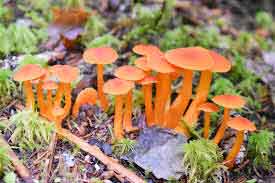Cell Wall: Structure and Functions
The cell wall is the semi-rigid, laminated, semi-permeable non-living outermost cellulose coat which is positioned next to the cell membrane of the plant cells, Fungi, Algae, Bacteria, and some Archaea. The protoplasm of the plant cells is separated from the external world by the cell wall which is entirely lacking in animal cells. Generally, the … Read more






